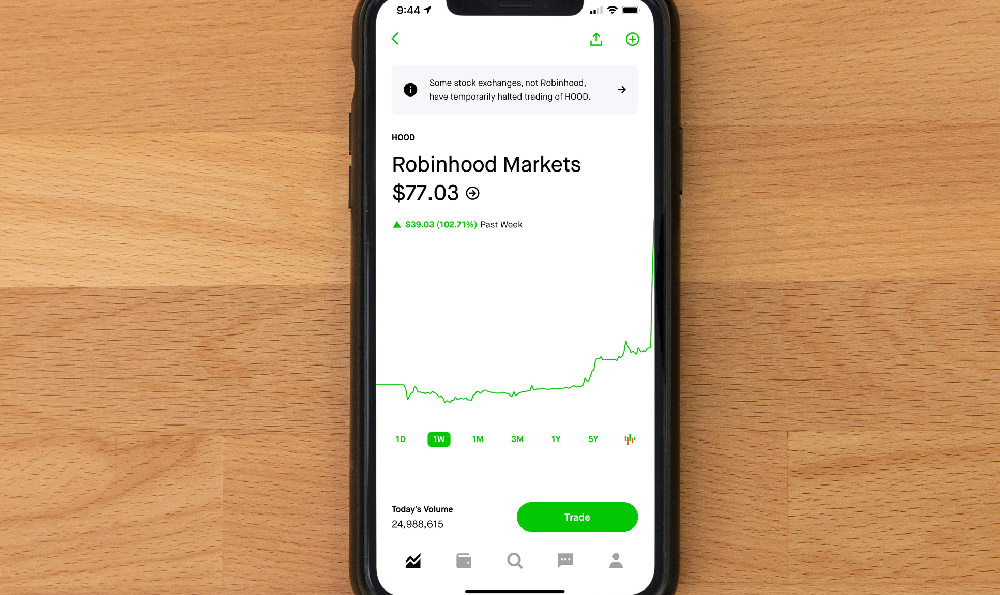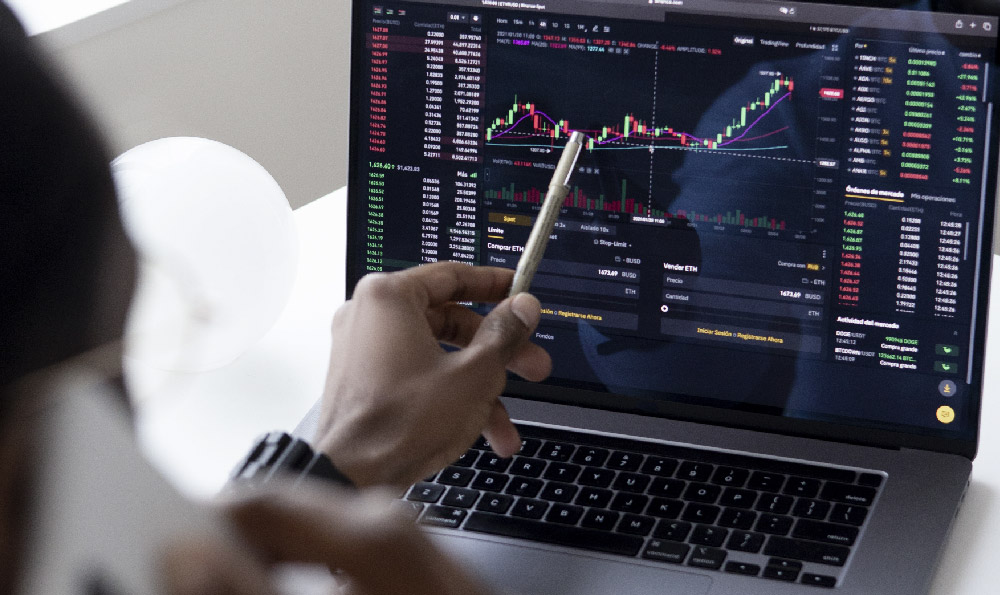How to make money with Robinhood stock trading
Robinhood stock trading has revolutionized the way investors access financial markets, offering commission-free trading, a user-friendly platform, and a range of tools that democratize investing. However, the path to generating returns through this service requires a balance of strategy, discipline, and a deep understanding of both the tools available and the broader market dynamics. While the platform's low-cost nature is a significant advantage, especially for beginners, its potential for profit is not guaranteed without careful planning. Let’s explore how to leverage Robinhood’s features effectively while navigating the complexities of the stock market.
The first step in building a sustainable approach to profit through Robinhood is to recognize that the platform is a tool, not a guaranteed solution. Many investors are drawn to Robinhood because of its zero-fee model, which eliminates the cost of buying and selling stocks. This can be particularly beneficial for those who are just starting out, as it allows them to experiment with different strategies without worrying about transaction costs. However, it’s important to remember that while Robinhood makes entry easier, the returns still depend on the quality of the investment decisions made. Understanding the underlying fundamentals of the markets and the tools available is essential to avoid common pitfalls such as overtrading or improper risk management.
One of the key aspects of successful trading on Robinhood is the ability to analyze market trends and identify opportunities. The platform provides access to real-time data, historical charts, and basic technical indicators, which can be used to study price movements and patterns. For instance, moving averages, RSI (Relative Strength Index), and MACD (Moving Average Convergence Divergence) are popular tools that help traders determine whether a stock is overbought or oversold. By combining these technical indicators with fundamental analysis—such as assessing a company’s financial health, industry position, and growth potential—investors can form a more comprehensive view of potential opportunities. It’s crucial to stay informed about macroeconomic factors, such as interest rates, inflation, and geopolitical events, which can significantly impact market behavior.

Another important factor for generating returns on Robinhood is developing a clear trading strategy. This strategy should align with your financial goals, risk tolerance, and time horizon. For example, a long-term investor might focus on buying and holding quality stocks with strong fundamentals, while a short-term trader might engage in day trading or swing trading based on technical signals. Robinhood’s platform allows for both approaches, but the distinction lies in how you execute your decisions. A disciplined approach, where trades are made based on analysis rather than emotions, is critical to avoiding common mistakes such as panic selling during market downturns or chasing trends without a clear plan. Setting predefined rules for entry and exit points can also help maintain consistency and reduce the likelihood of impulsive decisions.
Risk management is an often-overlooked but vital component of successful trading. Robinhood’s zero-fee model can encourage frequent trading, but this may lead to increased exposure to market volatility. To mitigate risks, investors should diversify their portfolios across different sectors and asset classes, rather than concentrating all their capital in a single stock or market segment. Diversification can help reduce the impact of any single investment’s performance on the overall portfolio. Additionally, setting stop-loss orders and taking profits at predetermined levels can protect against significant losses. It’s also advisable to allocate only a portion of your capital to trading, ensuring that you have enough liquidity for other financial obligations and emergencies.
Understanding the limitations of the platform is equally important. While Robinhood offers a wide range of stocks and ETFs, it does not provide access to all markets or complex financial instruments. For example, some derivatives, options, and margin accounts are not available to Robinhood users, which could limit the range of strategies. Moreover, the platform’s mobile-first design may not be sufficient for advanced traders who require more complex tools or real-time data integration. Recognizing these limitations can help investors choose the right approach and avoid frustration when their strategy isn’t fully supported by the platform’s features.
In addition to strategy and risk management, staying updated with market news and developments is essential. Robinhood provides a news feed that highlights recent market events, but investors should also monitor financial reports, analyst ratings, and industry trends through external sources. Keeping a journal of your trades and the reasoning behind them can also provide valuable insights and help refine your approach over time. Regularly reviewing your portfolio and adjusting it based on changes in the market or your personal circumstances can ensure that your investments remain aligned with your goals.
For beginners, Robinhood is an excellent starting point, but it’s important to approach it with caution. The platform’s accessibility may lead to overconfidence or a lack of proper education, which can result in poor investment decisions. Investing in a diversified portfolio of low-cost index funds or ETFs is often a safer approach for novice traders, as these funds provide exposure to a broad range of stocks while reducing the risk associated with individual stock picking. As your knowledge and experience grow, you can gradually transition to more active trading strategies, but always with a clear understanding of the risks involved.
Ultimately, the key to generating returns through Robinhood stock trading lies in combining knowledge, discipline, and adaptability. While the platform offers a cost-effective way to enter the market, the success of your trading endeavors depends on the quality of your decisions. By adopting a strategic approach, managing risks effectively, and continuously learning from your experiences, you can turn Robinhood into a powerful tool for achieving your financial goals. The market is inherently unpredictable, but with the right mindset and approach, even the simplest platforms can be leveraged to create long-term value.















